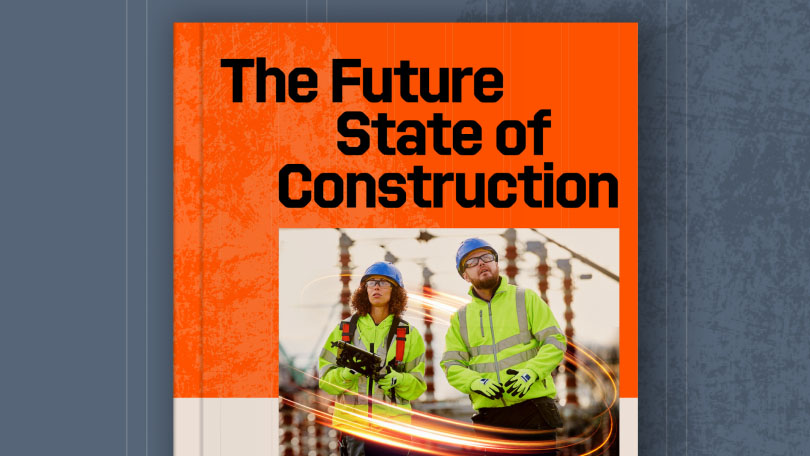Related Articles
— 8 min read
Construction Risk Management: 6 Ways to Reduce Construction Risks

Last Updated Aug 28, 2025

Will Carpenter
Senior Strategic Product Consultant, Procore
10 articles
Will is a Senior Strategic Product Consultant with a passion for utilising technology to enhance project workflows and efficiency in the construction industry. He plays a crucial role in assisting construction companies in maximising Procore's benefits.
With over a decade of experience in the construction industry, predominantly as a Civil Infrastructure Engineer, Will first used Procore as a customer himself, transforming his own daily operations. Captivated by its potential to elevate project and quality management, he made the decision to join Procore. His hands-on experience in construction, coupled with technical expertise, equips him to provide valuable insights and solutions for companies looking to optimise their workflows.
Last Updated Aug 28, 2025

Ensuring that your construction risk management plan can withstand any threat includes risk identification, prioritisation, execution, and continuous adaptation. The goal of risk management in construction is to minimise the likelihood and impact of risks, such as delays, cost overruns, safety incidents, and quality issues, in order to ensure that the project is completed on time, within budget, and to the required quality standards.
Table of contents
What is construction risk management?
Construction projects have unique challenges and risks, and unidentified risks can be harmful to your team, stakeholders, and the bottom line. Risk is anything that delays the project or creates further costs.
This is why construction risk management is a crucial part of any project.
Construction risk management is a process of identifying, assessing, and mitigating potential risks in a construction project.
What leads to construction risks?
There are several factors that can contribute to construction risks. Some of the main causes of construction risks are:
- Unclear project objectives and requirements: When project objectives and requirements are not clearly defined, it can lead to confusion and miscommunication, which can result in delays, cost overruns, and other risks.
- Poor planning and project management: Poor planning and project management can result in a lack of coordination, ineffective resource allocation, and insufficient risk management, which can lead to increased risks.
- Inadequate or inaccurate project design: Inadequate or inaccurate project design can result in safety issues, quality problems, and other risks.
- Lack of skilled labour and resources: The lack of skilled labour and resources can result in delays, quality issues, and safety risks.
- Environmental factors: Environmental factors such as extreme weather, natural disasters, and geological hazards can pose significant risks to construction projects.
- Regulatory and legal requirements: Failure to comply with regulatory and legal requirements can result in fines, legal action, and other risks.
- Supply chain disruptions: Supply chain disruptions such as material shortages, shipping delays, and supplier bankruptcy can result in delays, cost overruns, and other risks.
- Technological advancements: The introduction of new technologies and materials can introduce new risks, such as cybersecurity threats, and require additional training and resources to mitigate.
Effective risk management strategies mitigate these risks and ensure that construction projects are completed safely and on time.

Chapter 2
6 Ways To Reduce Construction Risks
Identifying risks in construction projects is important to ensure the safety of workers, avoid project delays and cost overruns, improve project outcomes, ensure regulatory compliance, and enhance stakeholder confidence.
1. Identifying the likelihood of risks
Start by identifying potential risks that could affect the construction project and make a list of each possible issue that could arise.
This can be done by reviewing project plans, specifications, and site conditions, and by consulting with project stakeholders, including contractors, engineers, and regulatory agencies.
Do the research, talk to your team, and review historical data from previous construction projects.
Types of risk in construction
It is important to identify and manage these risks in order to ensure project success.
There are various kinds of risks that can pose a threat to construction projects, including:
- Safety risks: These include risks related to accidents, injuries, and fatalities at the construction site. These can be caused by factors such as falls, electrocution, and equipment malfunction.
- Environmental risks: These include risks related to the impact of the construction project on the environment, such as pollution, erosion, and soil contamination.
- Design risks: These include risks related to errors or omissions in the design of the project, such as inadequate structural support or incorrect materials selection.
- Financial risks: These include risks related to project financing, such as unexpected cost overruns, labour shortages, and delays in project completion.
- Legal risks: These include risks related to legal and regulatory compliance, such as zoning laws, permits, and licences.
- Schedule risks: These include risks related to project timelines and scheduling, such as delays in material delivery, weather-related delays, and labour shortages.
- Technology risks: These include risks related to the use of technology in the construction project, such as equipment malfunctions or cyber-attacks.
- Political risks: These include risks related to changes in government policies or regulations, such as changes in building codes or zoning laws.
- Reputational risks: These include risks related to damage to the construction company's reputation, such as negative publicity due to poor quality work, safety violations, environmental damage, or unethical behaviour. Reputational risks can lead to loss of clients, difficulty attracting new business, and a damaged brand image that can take years to repair.
2. Prioritising the risks
Once potential risks have been identified, assess the likelihood of each risk occurring and the potential impact it could have on the project. Some risks are more likely to occur than others.
One way to assess your list of risks is to use a risk assessment matrix, which charts the likelihood of each risk and the size of the impact it can have on your project. Measure the probability, assess the impact, calculate the total risk, and update the matrix with the team.
3. Developing a strategy for risks
Now it’s time to develop strategies to mitigate the prioritised risks. This is done by implementing a contingency plan to reduce the likelihood and impact of the risks identified earlier.
These strategies should be designed to minimise the likelihood of the risk occurring and reduce its potential impact.
The top priority is the risks that are highly probable and have the greatest impact within your risk assessment matrix. These risks should be given to an owner, who will be responsible for identifying the risk (if it occurs) and managing its resolution.
Use Your Construction Data
To Predict and Prevent Problems.
Spot risks early, improve forecasting, and keep construction projects on time and budget.
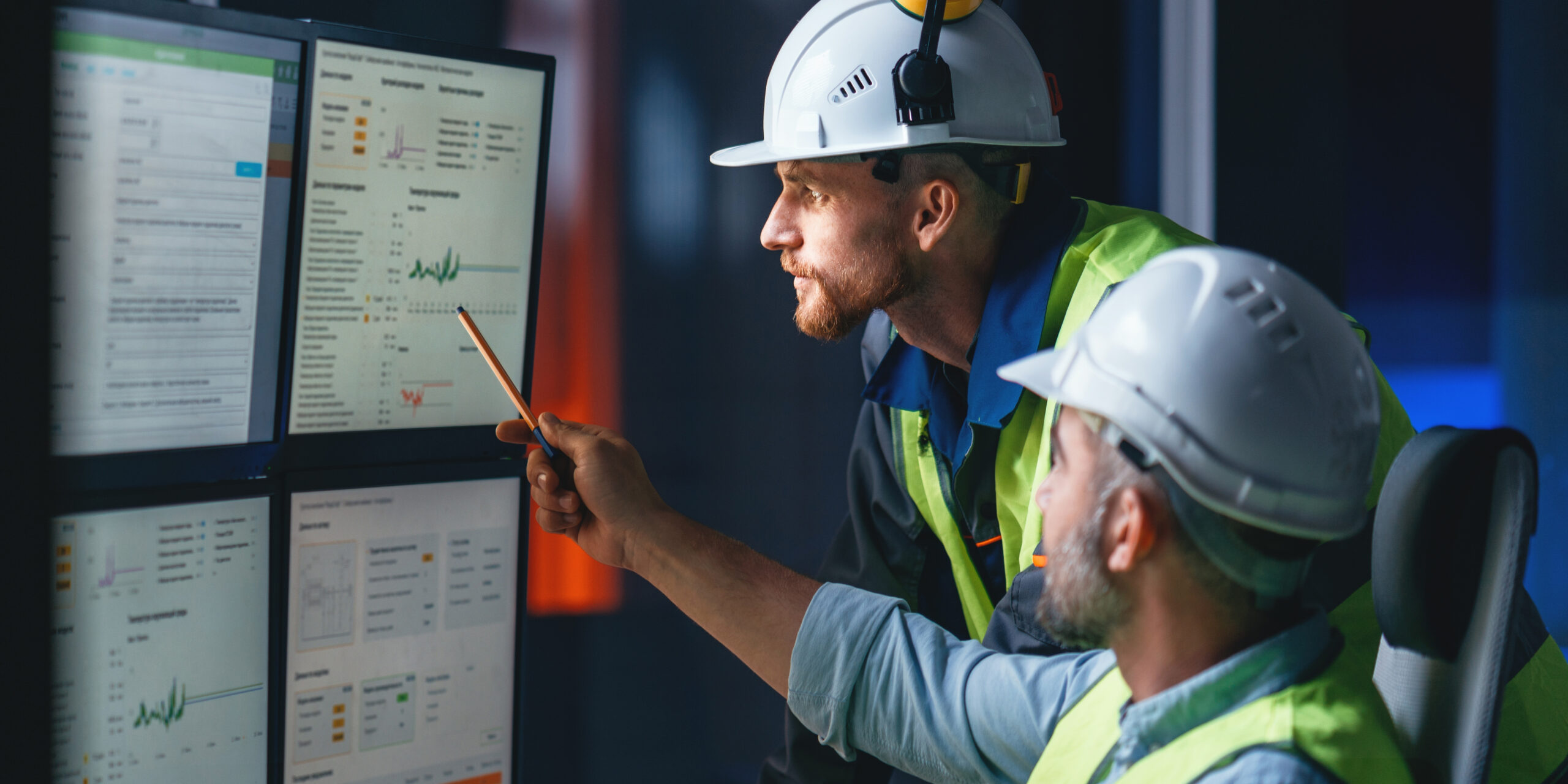
4. Determining who’s responsible for risks
The project manager or the project management team is responsible for identifying potential risks, assessing their likelihood and impact, and developing strategies to mitigate those risks.
While the project manager has ultimate responsibility for developing and implementing risk mitigation strategies, contractors, engineers, architects, regulatory agencies, and other stakeholders all play a role in ensuring that the project is completed safely and on time.
For example,
- Contractors and subcontractors are responsible for ensuring that their work is carried out safely and in compliance with relevant regulations and standards.
- Engineers and architects are responsible for ensuring that the design of the project is safe and meets all relevant standards.
- Regulatory agencies and local authorities may provide guidance on regulations and standards that must be followed to mitigate potential risks, particularly with regard to environmental and safety risks.
5. Executing and communicating the risk management plan
A thorough and well-planned project identifies potential issues before construction begins and helps avoid costly mistakes. Once the risk assessment and owners have been delegated, your effective risk management plan is ready to put into motion.
Ensure that the risk management plan is effectively communicated to your team and all stakeholders involved in the project, including contractors, engineers, and regulatory agencies.
This will help ensure that everyone is aware of the potential risks and the strategies in place to manage them if they arise.
6. Revising the risk management plan as necessary
Continuously evaluating and improving construction practices can help reduce risks and improve project outcomes. This includes learning from previous mistakes and making necessary adjustments to future projects.
Monitor the effectiveness of the risk management plan throughout the duration of the project and update it as needed. This will help ensure that the plan remains relevant and effective in managing risks throughout the project lifecycle.
The risk management plan should be reviewed and updated regularly to ensure that it remains relevant and effective. This includes updating the plan with any new risks that are identified and revising mitigation strategies as needed.
If issues arise during the project that require changes to the risk management plan, they should be addressed promptly by the project manager. This includes revising the plan and implementing new mitigation strategies as needed.

Benefits of Risk Management in Construction
Risk management is critical in the construction industry, and there are several benefits of implementing a risk management program.
Here are the main benefits of proper risk management in construction:
- Improved safety: Risk management helps to identify and mitigate potential safety hazards on construction sites, reducing the risk of accidents and injuries.
- Cost savings: By identifying and mitigating risks early in the project lifecycle, risk management can help to reduce costs associated with accidents, delays, and rework.
- Increased project success rates: Risk management can help to increase the success rates of construction projects by identifying potential issues early on and developing effective mitigation strategies.
- Improved project planning and decision making: Risk management helps to provide a more accurate and complete picture of project risks, enabling better planning and decision making.
- Better communication and collaboration: By providing a shared understanding of project risks, risk management can help to improve communication and collaboration between project stakeholders.
- Increased stakeholder confidence: Risk management can help to increase stakeholder confidence in the project by demonstrating a commitment to safety, quality, and responsible project management.
- Compliance with regulations and standards: Effective risk management helps to ensure compliance with regulatory and industry standards, reducing the risk of fines, legal action, and other penalties.
Managing Risks with Quality & Safety Management Software
With construction projects comes risk, but there are ways to reduce and manage risks through proper planning, consideration, documentation, and collaboration.
Understand, predict, and correct issues before they become a problem with construction risk management software.
See what’s coming in construction over the next decade.
Download the Future State of Construction Report for insights, trends, and innovations shaping the industry over the next 8–10 years.
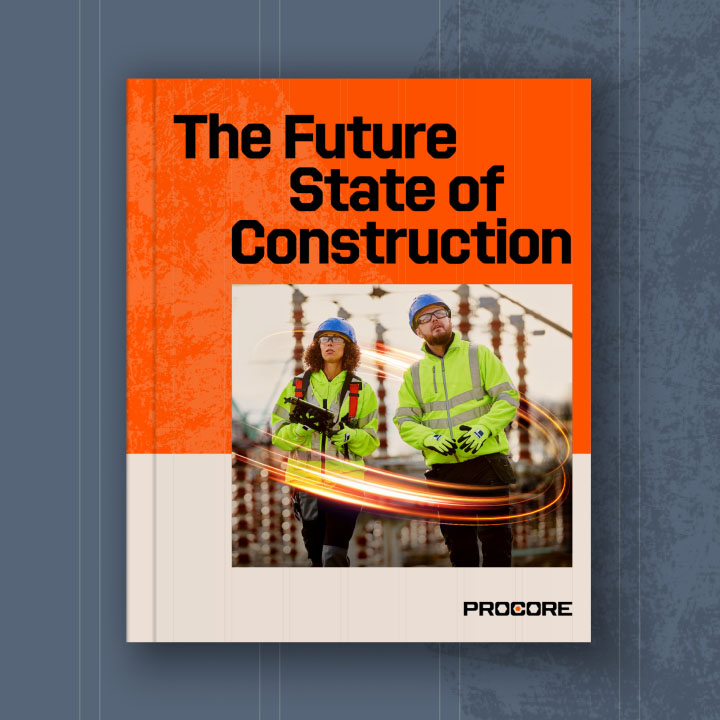
Categories:
Written by

Will Carpenter
Senior Strategic Product Consultant, Procore | Procore
10 articles
Will is a Senior Strategic Product Consultant with a passion for utilising technology to enhance project workflows and efficiency in the construction industry. He plays a crucial role in assisting construction companies in maximising Procore's benefits.
With over a decade of experience in the construction industry, predominantly as a Civil Infrastructure Engineer, Will first used Procore as a customer himself, transforming his own daily operations. Captivated by its potential to elevate project and quality management, he made the decision to join Procore. His hands-on experience in construction, coupled with technical expertise, equips him to provide valuable insights and solutions for companies looking to optimise their workflows.
Explore more helpful resources
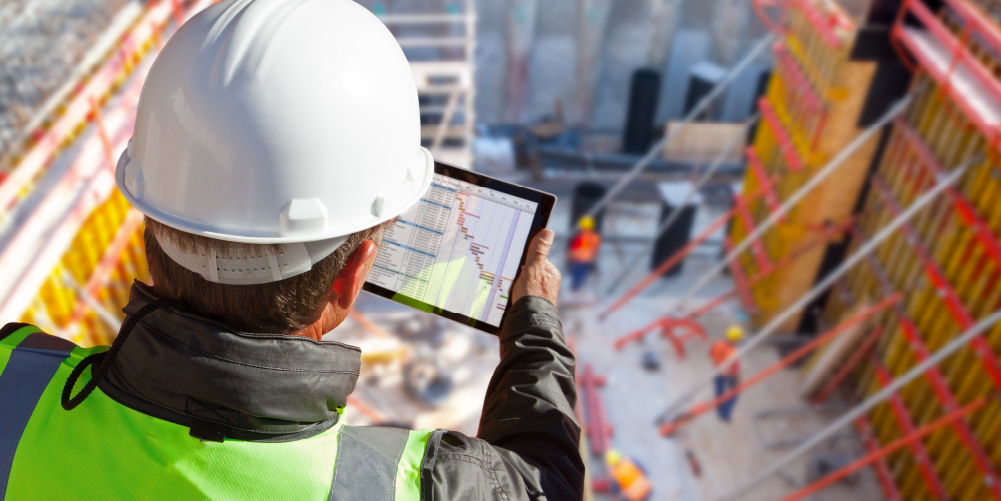
Managing Direct Costs in Construction: How Visibility Drives Profitability
Direct costs define the financial reality of every construction project. They cover the labour, materials, and equipment that drive delivery and determine profitability. But even the best-planned budgets can shift...
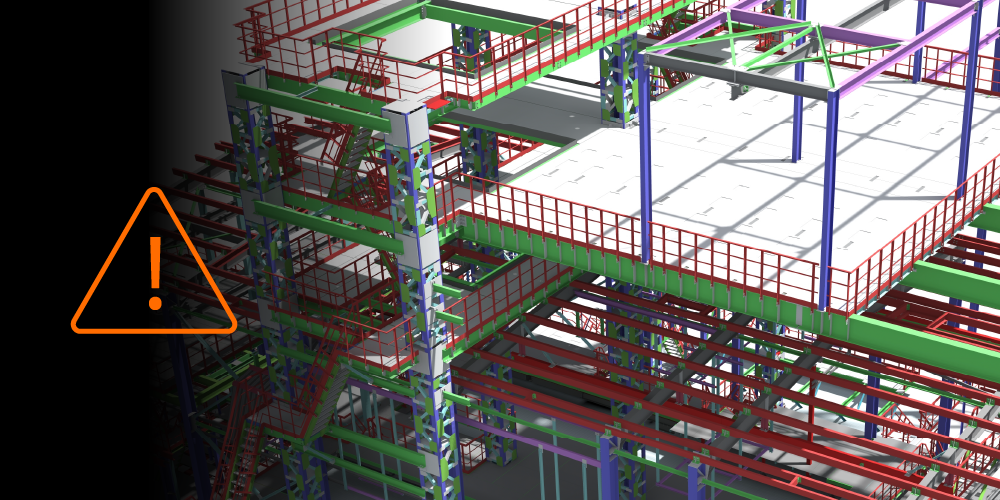
BIM Clash Detection: Reducing Rework, Delays, and Risk in Construction
Design clashes can be a significant hidden cost in construction, as each conflict between systems risks expensive rework, project delays, and reduced margins. BIM clash detection empowers teams to identify...

Next-Gen Job-Costing: Ready to Move? 5 Things to Consider Before You Get Started
In this three-part series, Quantity Surveyor turned Financial Solutions Specialist Clint Burgess uncovers the real-world gains for people, processes, and profits when businesses move from legacy to next-generation Enterprise Resource...

From Workarounds to Workflow: Solving Construction’s Legacy Job-Costing System Challenges with Next-Gen Tools
In this three-part series, Quantity Surveyor turned Financial Solutions Specialist Clint Burgess uncovers the real-world gains for people, processes, and profits when businesses move from legacy to next-generation Enterprise Resource...
